


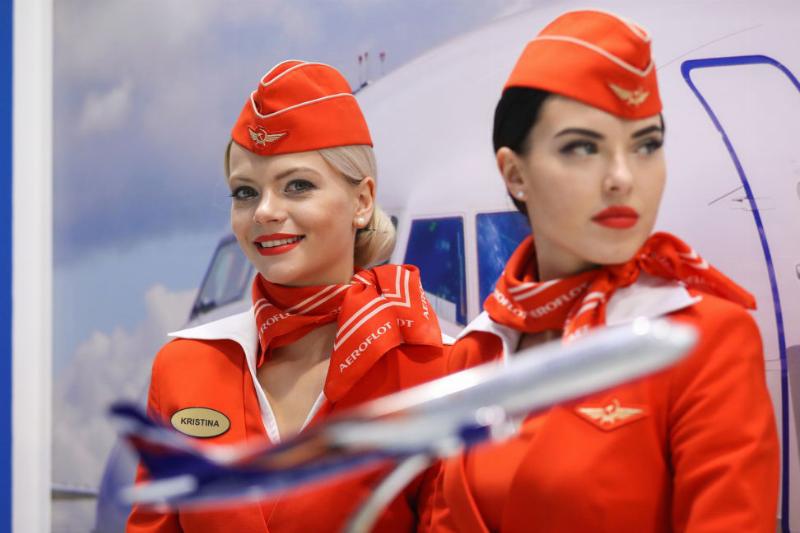
Think flight attendants have it easy? Think again! Sure, there’s the free travel, but behind those smiles lie rigorous training and some seriously unruly passengers. Your flight attendants hold a world of secrets you never knew. Get ready to discover what happens behind the scenes – it’s more than just in-flight movies and tiny pretzels.
Your Flight Attendants’ Secret Scan: What They See When You Board
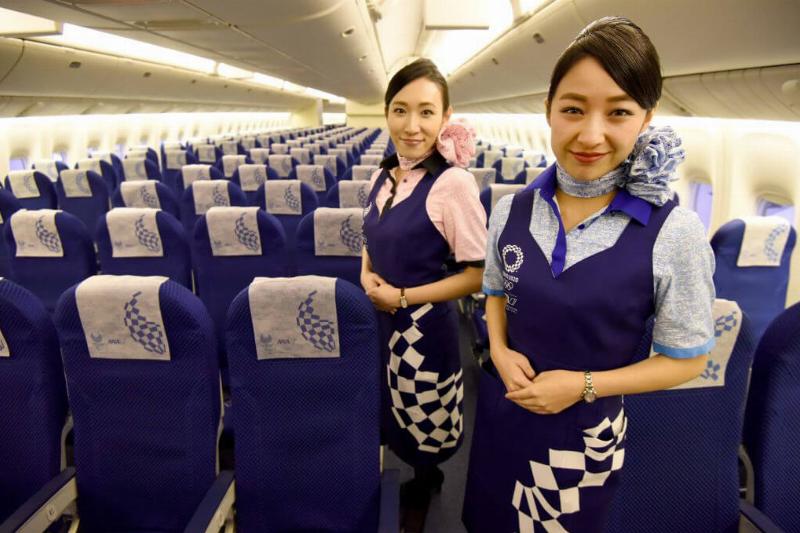
TORU YAMANAKA/AFP/Getty Images
That cheerful “hello” as you board your flight isn’t just about manners. Your flight attendants are working hard, making rapid assessments. They’re spotting potential troublemakers, passengers who might need extra support, or even those with the strength and composure to lend a hand in an emergency. So, next time you step on board, remember – their eyes are sharper than you think.
Don’t Overdo It! Flight Attendants Can (and Will) Cut You Off

Instagram/@ikparker716
Think twice before ordering that extra drink on your flight. Not only can your flight attendants shut down your inflight happy hour, getting drunk on a plane is a serious offense – punishable by up to two years in prison! Plus, thanks to the cabin pressure, that alcohol packs a bigger punch than on the ground. Save yourself the embarrassment and potential trouble – pace those drinks in the air.
Your In-Flight Meal: Proceed With Caution
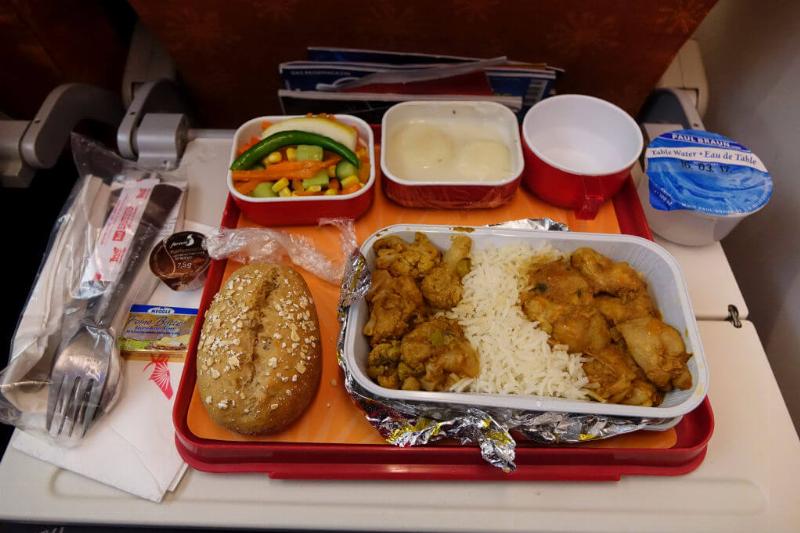
Nicolas Economou/NurPhoto via Getty Images
That tray of airplane food might look decent on long flights, but appearances can be deceiving. Those meals are a shocking cocktail of salt, sugar, fat, and empty carbs designed to fill you up, not fuel you. Desperate times call for desperate measures, but if you have the option, BYO (Bring Your Own) food. Your tastebuds and your body will thank you!
Why Your Flight Goes Dark: It’s Not Just for Mood Lighting
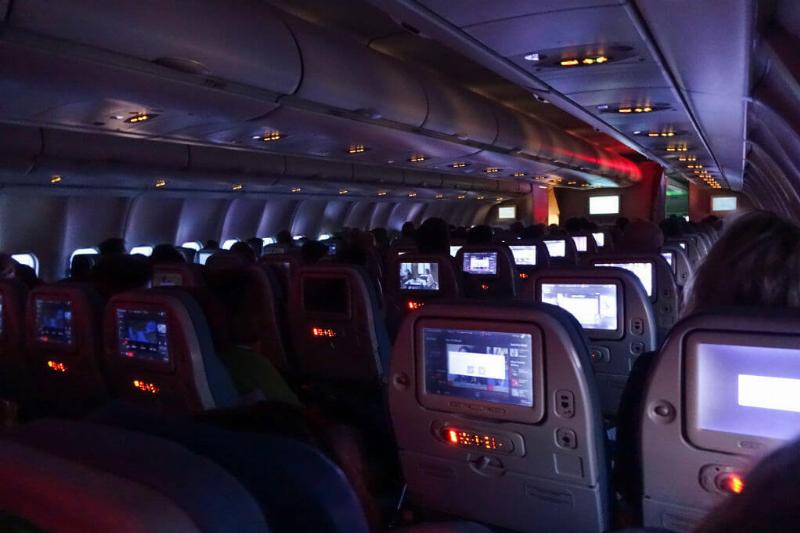
Nicolas Economou/NurPhoto via Getty Images
As your plane rumbles down the runway or begins its descent, the cabin lights dim. It might seem routine, but there’s a crucial reason behind it. Takeoff and landing are the most accident-prone moments of flight. Those dimmed lights ensure your eyes are ready in case of an emergency, helping you see and navigate quickly in low-light conditions. It’s a small change that could make a life-saving difference.
First Class Isn’t Always Safest: Why Your Seat Matters
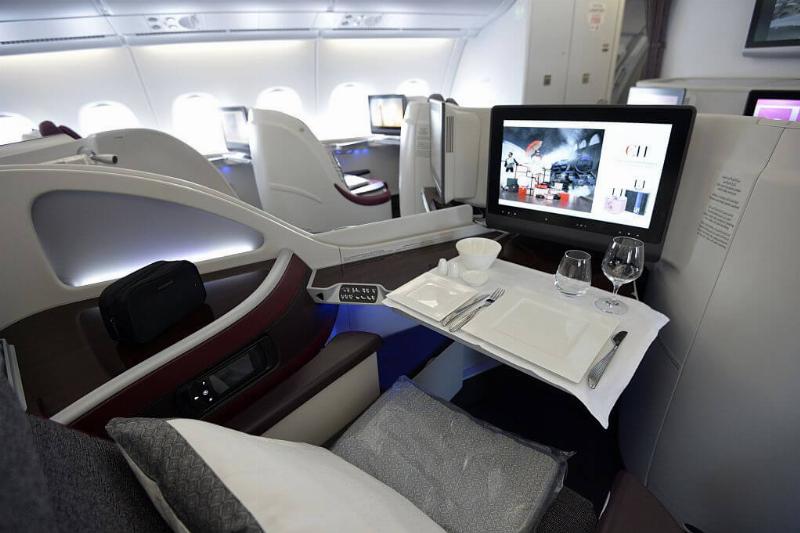
MIGUEL MEDINA/AFP/Getty Images
Bigger seats and fancy service might tempt you, but when it comes to plane crashes, first class loses its shine. Studies reveal those towards the front of the plane are at higher risk. The best odds? Aim for aisle seats within a few rows of the emergency exit, especially towards the back. Of course, wherever you sit, that seatbelt is your lifeline – always buckle up.
Don’t Mess Around on a Plane: Flight Attendants Can (and Will) Restrain You
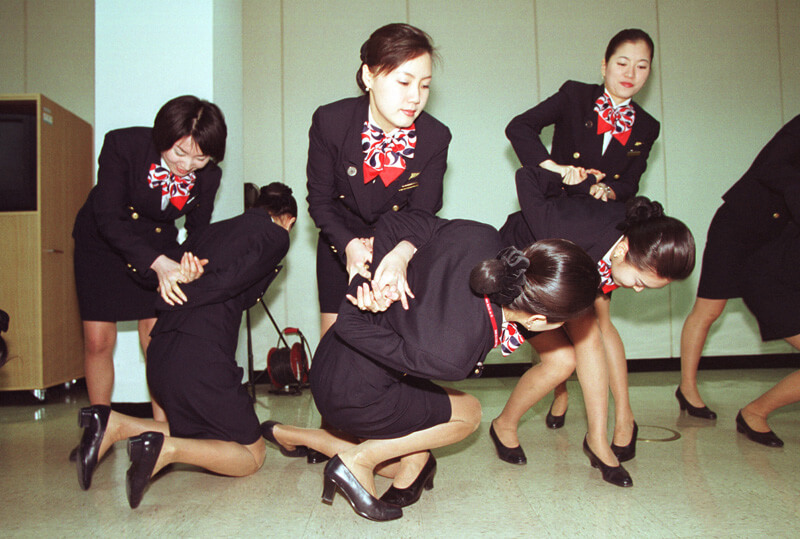
Chung Sung-Jun/Getty Images
Think twice before causing a scene on your next flight. If you become dangerously disruptive, flight attendants have the authority to take action – and that means more than just kicking you off. In mid-air emergencies, they can restrain you using zip ties or even seatbelt extensions. You’ll be isolated for the rest of the flight and likely handed over to authorities upon landing. Play it safe – and smart – in the air.
Your Oxygen Mask: A Limited, But Vital, Lifeline
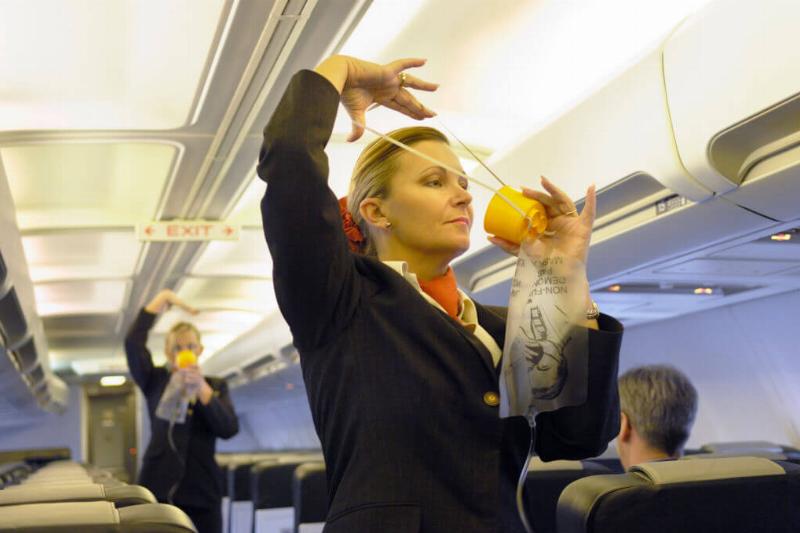
Aviation-images.com/UIG via Getty Images
Seeing those oxygen masks drop can be alarming, but remember, they rarely signal a prolonged emergency. Should they deploy, each mask holds a 12-15 minute supply of oxygen. That might seem short, but it’s critical time. Breathe calmly and trust your pilots – they’ll work swiftly to get the plane to a safer altitude where you can breathe normally again.
Why “Airplane Mode” Matters: It’s Not Just About Crashing

Gary Hershorn/Getty Images
While your phone won’t bring down a plane, that doesn’t mean you can ignore those “devices off” announcements. Cell signals can seriously mess with the communication between pilots and air traffic control – especially during takeoff and landing. That interference can lead to delays or miscommunications. Help keep takeoffs smooth: power down those devices when asked.
Flight Attendants: It’s Not All About Looks, But Practicality Matters

Photo by Valery SharifulinTASS via Getty Images
Forget those outdated stereotypes of perfect hair and strict age limits – airlines are more practical now. Flight attendants still need to maintain a professional appearance, with natural hair colors and longer styles neatly kept. But the biggest factor? Height! You need to be able to reach overhead bins comfortably without being so tall that you’re constantly bumping your head. Safety and efficiency come first.
Your Extra Bags Won’t Bring the Plane Down (But They’ll Cost You)
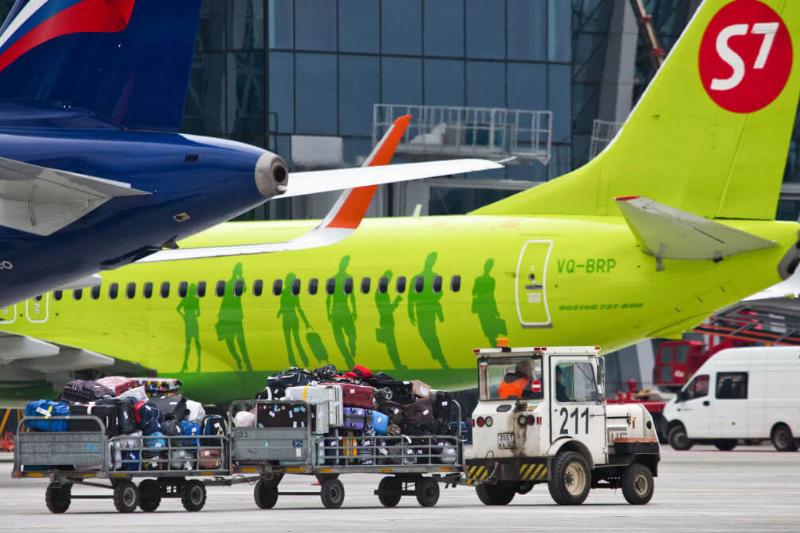
Sergei MalgavkoTASS via Getty Images
Breathe easy – that overflowing suitcase won’t cause a crash. While every passenger gets a bag allowance, planes are designed to handle some extra weight. Airlines use clever tricks like sandbags to balance things out. So why the sky-high fees for those extra bags? Well, that’s their way to squeeze a little more out of you – even if your luggage isn’t really the problem.
Stuck on the Tarmac? Know Your Rights (and Skip the Coffee)
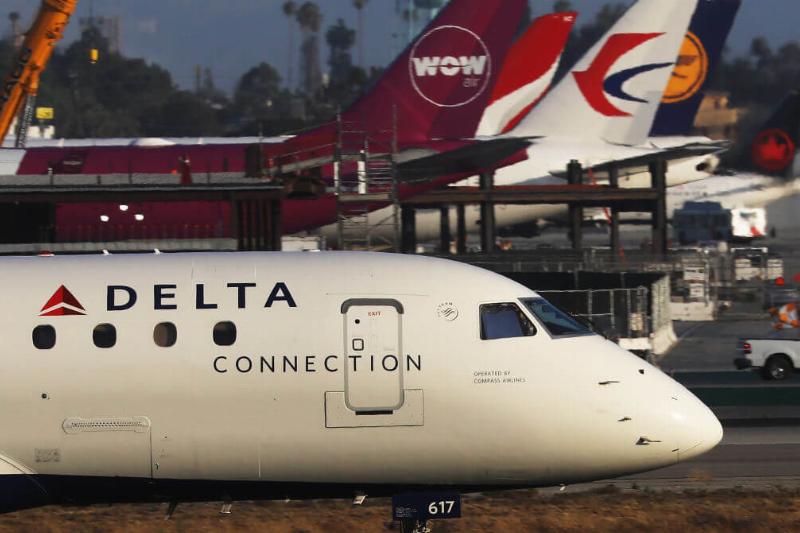
Photo by Mario Tama/Getty Images
Landed or about to take off, but going nowhere fast? You can’t be stuck on the plane for more than three hours without the option to get off. Plus, after two hours of delay, your flight attendants have to start rolling out the food and water cart. They’ll keep you fed for at least an hour. Just a word of advice – pass on the coffee or tea. You never know how long you might be grounded!
Your Tray Table: More Germs Than Yummy Snacks
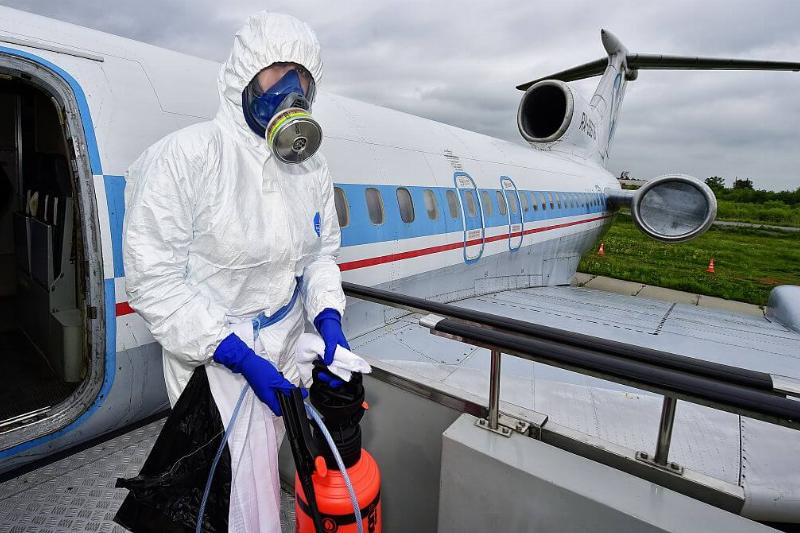
Yuri SmityukTASS via Getty Images
Think twice before eating directly off those tray tables. Sure, they hold your food, but they also double as changing tables, play areas, and who-knows-what-else. Most get a quick wipe-down, maybe once a day. You were already avoiding airplane coffee and blankets – add the tray to your “steer clear” list. Bring wipes or a placemat, and keep those snacks safe from the microscopic horrors!
Secrets Over the Ocean: What You Might Not Be Told

YouTube/Karin Hiebert
You buckle in, enjoy your magazine, and watch the clouds drift far below. But what if a serious threat is unfolding aboard your flight over open water? Believe it or not, you might never know. Flight attendants have a crucial duty: keep passengers calm, even in potential crisis. Unnecessary panic could make a bad situation worse. While your safety is always top priority, sometimes the less you know, the better.
Forget Airport Starbucks! Here’s Your Coffee Upgrade
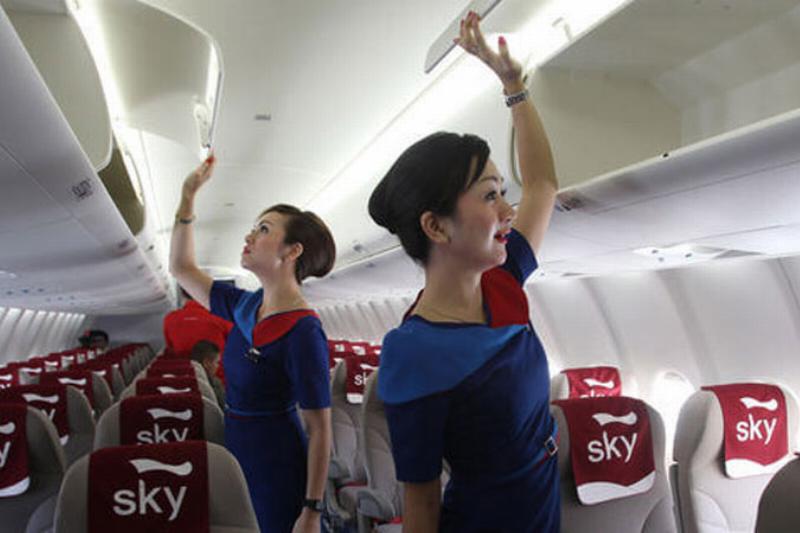
Pinterest/1dqukze5ou01wrg
Ditch that crowded airport Starbucks line! You might get FREE coffee on your flight, saving you cash. Plus, fly Alaska or Delta, and those in-flight brews are actually Starbucks! Flight attendants love this perk – easier for them, better coffee for you. Forget questionable airport water – score your caffeine fix in the air!
Buckle Up, It Matters! Planes are Tough, But Safety is Shared
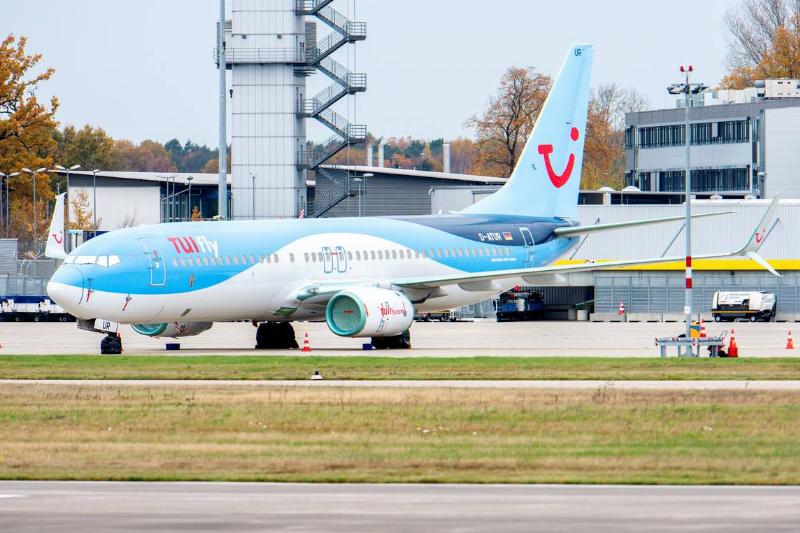
Hauke-Christian Dittrich/picture alliance via Getty Images
Planes are amazingly resilient – they can even handle lightning strikes! But even the safest design needs your help. That “buckle up” sign isn’t a suggestion. Unexpected turbulence can happen, and your seatbelt is your best protection. Flight attendants know those safety checks are important, and so is your cooperation.